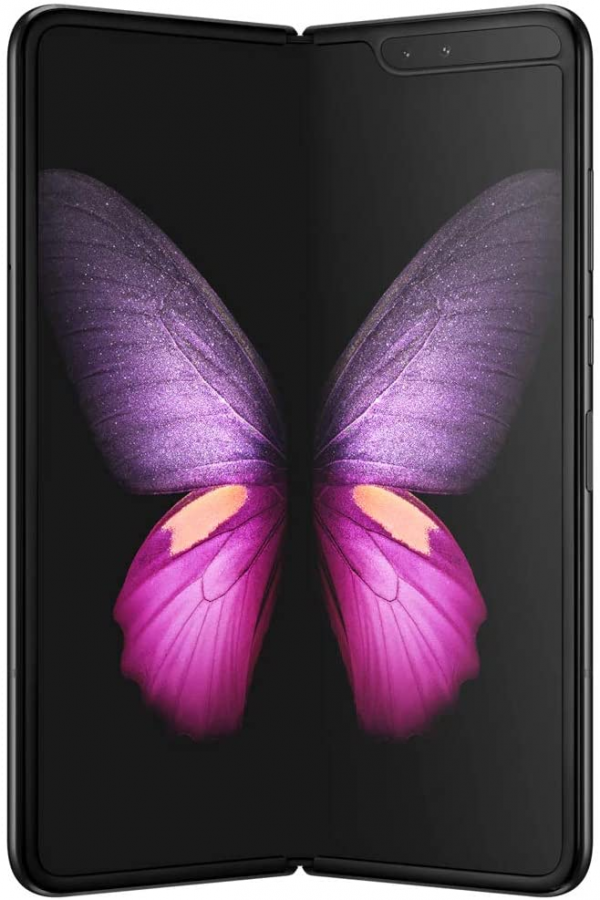Samsung
Samsung Galaxy Fold, the new era of smartphones
Aprox. 1319€ - see price -
See specificationsThe Samsung Galaxy Fold has the daunting task of being the first foldable terminal to pass through our laboratories. After a slight delay in start-up, what is this finally worth a new kind of smartphone, launched at more than € 2,000?
Our review
Presentation
The Samsung Galaxy Fold received the 2019-2020 Star in the smartphone category at our Stars event.
We have updated the test of the Samsung Galaxy Fold with the additions made to correct some weaknesses of the foldable screen. For the rest, everything is identical to the first version of the Fold that we tested.
Even before its release, the Samsung Galaxy Fold experienced a few setbacks which led to a delay in its marketing. It remains the first foldable smartphone to pass through our hands for a full test. For the moment, the market remains tiny, occupied by a Huawei Mate X which has not yet been released at the time of writing, and a Royole FlexPai that is difficult to find. All have one thing in common beyond their foldable screen: their prohibitive price. The Galaxy Fold costs more than € 2,000, which will necessarily cool the majority of consumers. A high price which is justified by the low production volumes. For this price, Samsung still includes a pair of Galaxy Buds intras as well as a year of Samsung Care + insurance. But beyond its price, is the Galaxy Fold convincing?
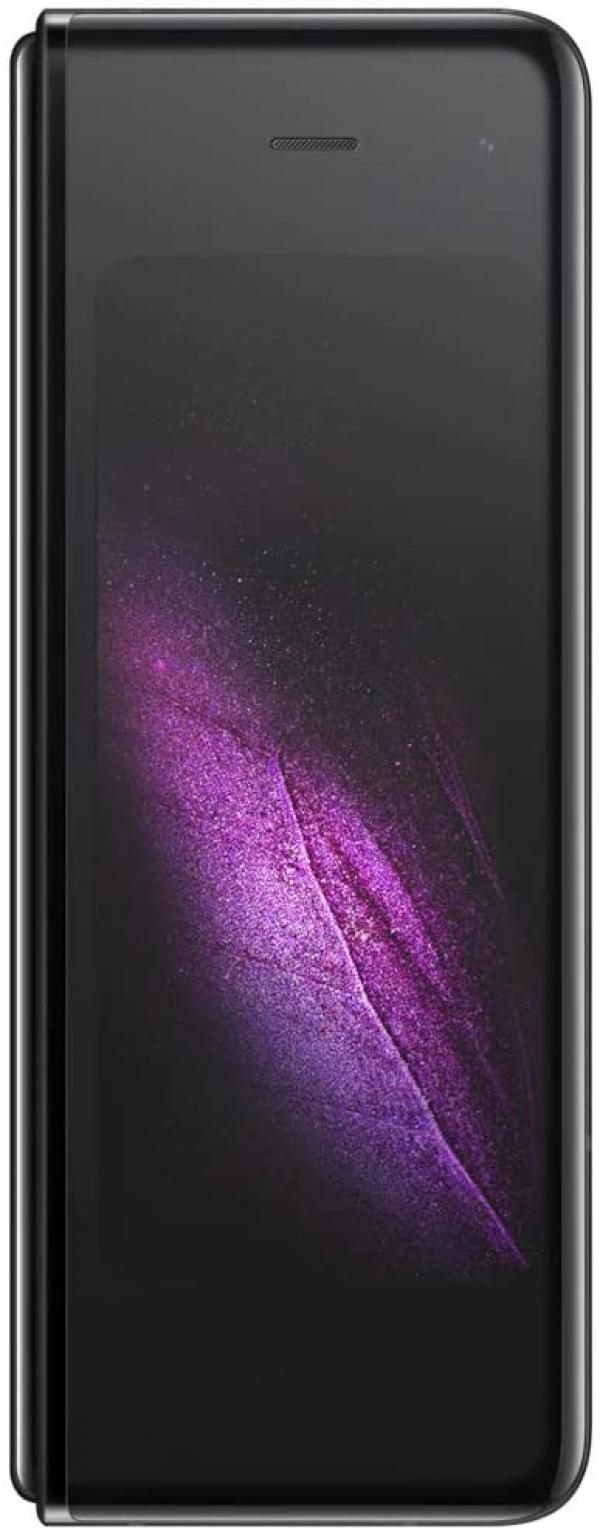
Audio
The Galaxy Fold incorporates a USB-C port, but ignores the 3.5 mm mini-jack. A fault that Samsung is trying to make up for by including a pair of true wireless (100% wireless) Galaxy Buds.
The very good speakers on the Galaxy Fold, which has 2, placed so as to provide good stereo. They offer above average power and a rather rich soundstage. Without going down to the bass, the bottom of the spectrum is correctly represented, which is rather rare, even on tablets. Too bad the distortion comes to play spoilsport in the extreme treble, because the copy of the Galaxy Fold was almost perfect on this point. To eliminate this defect, it will be necessary to dispense with the highest notch of the volume.
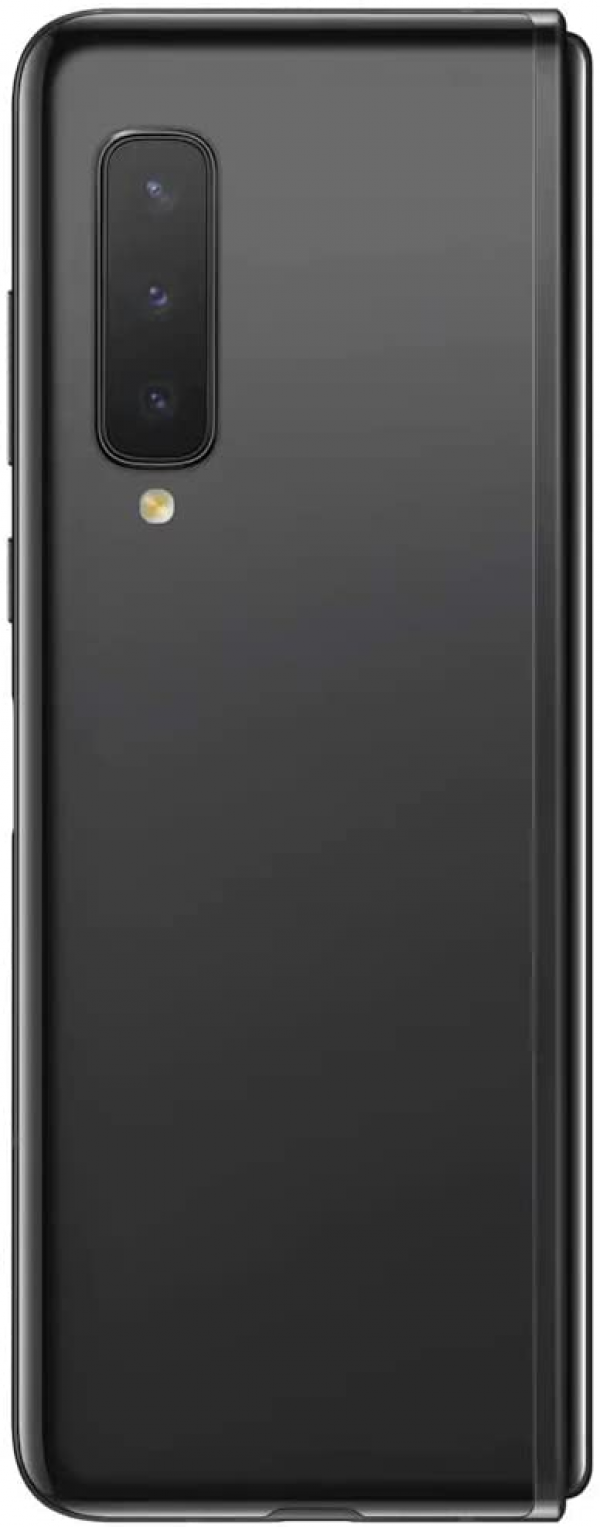
Screen
The main screen, as Samsung calls it, is the one inside the Galaxy Fold. It is based on a Dynamic Amoled panel - the same technology as that used by the Galaxy S10 - of 7.3 ". It displays a resolution of 2 152 x 1 536 px, for a resolution of 362 ppi. What differentiates this screen of that of the S10, it is obviously its foldable side. To do this, the glass slab is replaced by a layer of plastic. A layer itself covered with a screen protector - which caused so many problems during the first tests. Samsung insists now on the fact that it is absolutely not necessary to remove this upper layer which is an integral part of the structure of the screen.
As we showed you in an article on this subject, the top layer of the screen is fine where it is. Beyond the protection it provides, it has almost no impact on our measurements, either in terms of brightness or reflectance.
Like any screen based on Oled technology, that of the Galaxy Fold benefits from an almost infinite contrast ratio. We also measure a maximum brightness of 720 cd / m². A high value which allows to correctly counter the reflections that can cause a radiant sun. Especially since the Galaxy Fold is not exemplary on this point, with a light reflection rate of 51.6%.
Often at Samsung, the colorimetry is particularly neat. The Galaxy Fold is far from bad in the exercise, but it is a little less faithful than the references of the Korean brand. We measure a delta E at 3.1, which fails a hair from the fateful bar of 3. The fault lies in some nuances which derive more than others, in particular the green (delta E at 7). The color temperature is established at 6,628 K, which is again close to the expected standard of 6,500 K.
Finally, in terms of reactivity, the foldable screen of the Galaxy Fold is average. We measured a tactile delay of 81 ms, and its persistence is zero - thank you Oled.
For the small screen, Samsung has chosen a 4.6 "Super Amoled panel. A technology that always ensures an almost infinite contrast ratio. The maximum brightness remains very high at 758 cd / m². The light reflection rate is quite good and above all better, at 45.2%, than that of the big screen. This secondary screen also does better than its big brother in terms of colorimetry. This time we measure an excellent delta E at 2.7 and a color temperature at 6 595 K.
With its unusual 21: 9 ratio - which we also come across on Sony's Xperia 10 - and a definition of 1,680 x 720 px, the small screen of the Galaxy Fold achieves a resolution of 399 ppi. It is almost as responsive as its big brother, with a tactile delay of 89 ms and zero persistence once again.
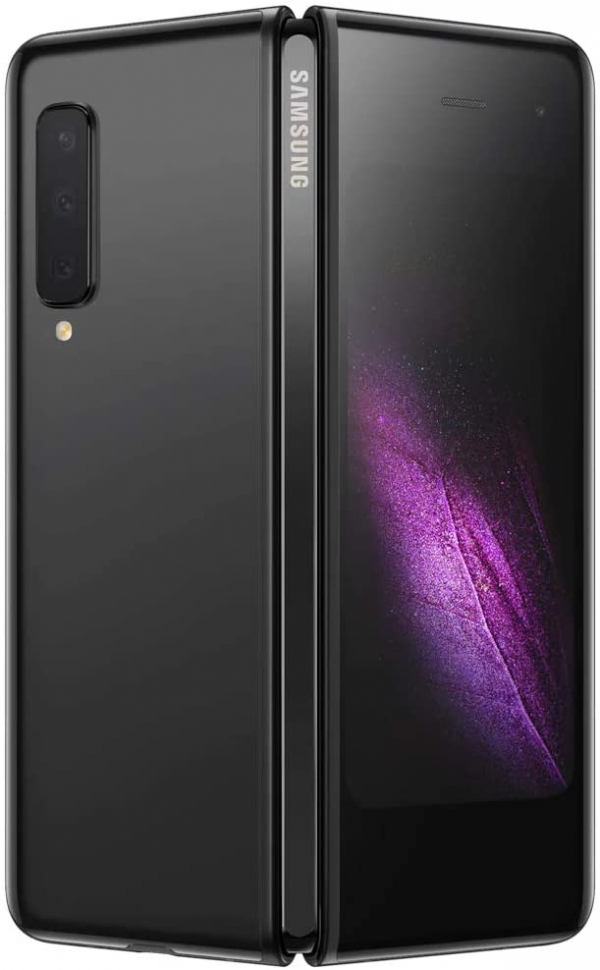
Performances
With a Qualcomm Snapdragon 855 platform at the controls, the Galaxy Fold has no trouble coping with whatever is submitted to it. With its large screen, it lends itself honestly to the management of several applications at the same time. It is possible to display 3 in screen sharing, without the Fold weakening. With its 12 GB of RAM, it must be admitted that the Samsung terminal has more RAM than it needs.
When subjected to a very intense workload, the Galaxy Fold heats up. We measure up to 41.5 ° C on the surface at the front. As you can see in the image above, this temperature rise is limited to one area of the device. As this area is only slightly affected by the position of the hand, this somewhat reduces discomfort.
The Adreno 640 graphics chip is currently one of the most efficient in the mobile world. It proves it again here and opens the doors of the Play Store to the Galaxy Fold wide. No game can resist it, even the most greedy remain models of fluidity.
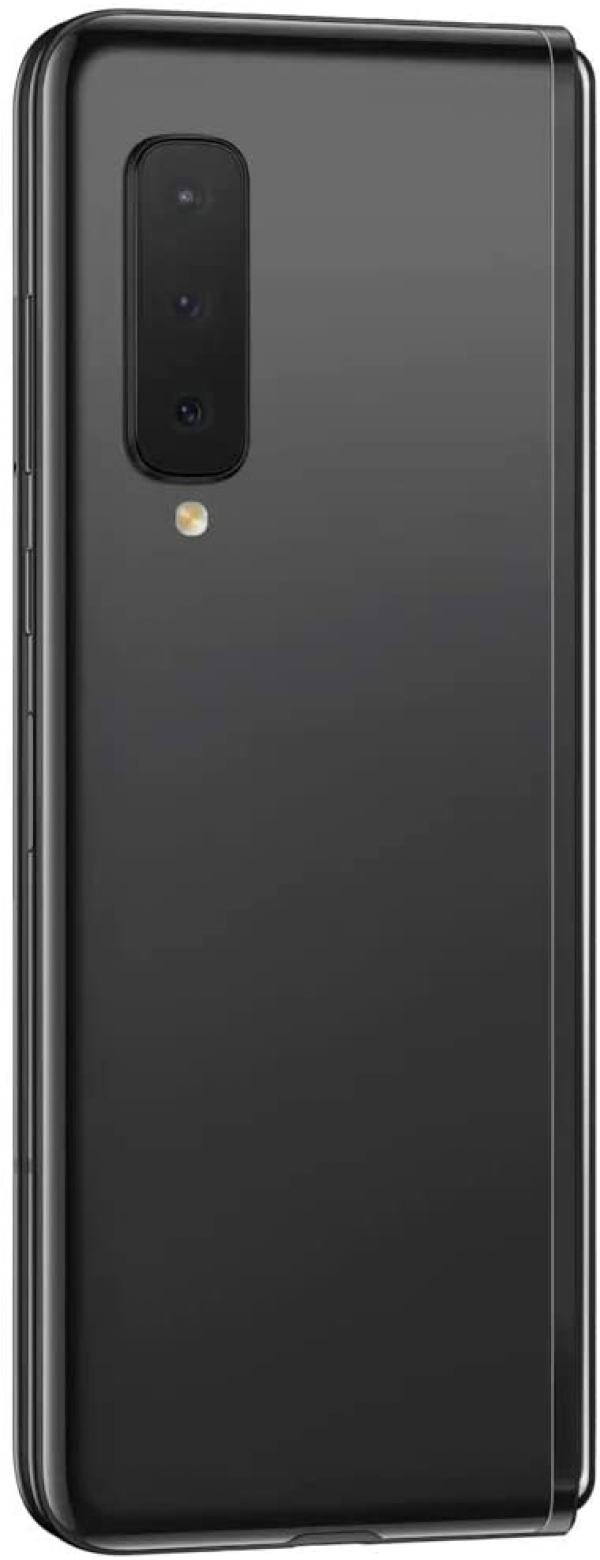
Photo
With all this, we almost forget that the Galaxy Fold remains - in part - a smartphone and that it is expected in the field of photography. On this point, it uses the same trio of photo modules found on the Galaxy S10 +. It therefore has a main module with a 12 Mpx sensor and stabilized optics, equivalent 26 mm, with variable aperture (f / 1.5 or f / 2.4). The second module is based on a 16 Mpx sensor and a very wide-angle optic, equivalent 13 mm, opening at f / 2.2. Finally, the third is equipped with a 12 MP sensor and a stabilized optic, equivalent 52 mm, opening at f / 2.4.
In broad daylight, the main module of the Galaxy Fold is correct, but little more. It is amazing to see that Samsung does not apply the same image processing as on its Galaxy S10 +. The Fold plays much more on the accentuation of the contrast than its cousin, and loses much in naturalness. Compared to the Huawei P30 Pro, there is also a tendency to overexposure for the foldable terminal. The level of detail remains very good overall, and the Galaxy Fold benefits from the excellent responsiveness of its autofocus.
In low light, the Galaxy Fold is once again not at the party. The accent is here too while the solid areas are particularly smoothed. The P30 Pro is, under these conditions, significantly superior to its opponent. An astonishing observation at the sight of the EXIF photos. Indeed, the rendering of the Galaxy Fold is quite disappointing for a smartphone that rises so little in sensitivity (ISO 400) and that triggers so slowly (1/6). The contribution of the larger opening of the Galaxy Fold is not felt at all. Opposite, the P30 Pro allows you to trigger faster and rises higher in sensitivity, while retaining more detail.
More and more smartphones are integrating an ultra wide-angle module, making it easier to capture landscapes and buildings. It is clear that we find the same behavior of the Galaxy Fold here as above. The image processing pushes the accentuation in its entrenchments, contrary to the P30 Pro which manages to preserve a neutral and more detailed aspect. In addition, the very wide-angle shots of the Fold are marked by a strong barrel deformation. A distortion that is better corrected by the P30 Pro, but the latter has a slightly longer focal length (16 mm, compared to 13 mm for the Fold).
When the brightness decreases, neither the Huawei P30 Pro nor the Samsung Galaxy Fold is exemplary at very wide angle. However, it is the second who wins the duel on this precise point. Despite a very present electronic noise, he manages to keep the details in the image a little better. Above all, the Fold maintains better exposure than its competitor.
The third back photo module of the Galaxy Fold is pretty good for its part, as long as there is enough light. He manages to keep a good amount of details and plays a little less than his accomplishments on the accentuation of the contrast. With its focal length equivalent to a 52 mm, this module is well helped by the optical stabilization which does an excellent job. This is not enough to save the case in low light however. Like almost all smartphones, the Galaxy Fold switches back to a digital zoom from the main module when there is not enough light. On the comparison below, the Galaxy Fold is doing well against the P30 Pro. However, the second relies on a much longer focal length, equivalent to 135 mm.
The Galaxy Fold has no less than 3 front photo modules. Two are placed in the screen enclave in the tablet position and the third is placed above the small secondary screen. This last module relies on a 10 Mpx sensor and produces correct shots, which sometimes lack sharpness. The exposure and backlight management is satisfactory. Inside the Fold, we find exactly the same module for a similar result. The 8 MP sensor is only there to support the 10 MP sensor for depth measurements, especially in portrait mode. This mode is however not the most famous and lacks somewhat precision in the cutting of faces.
Video recording enthusiasts will be able to climb to a UHD definition at 60 fps. We generally find the same defects as in the photo, namely a tendency to smooth in low light. The rendering remains all the same fluid and the tracking of development is particularly effective. The Galaxy Fold also offers slow motion modes, at 960 fps in 720p and 240 fps in 1080p.
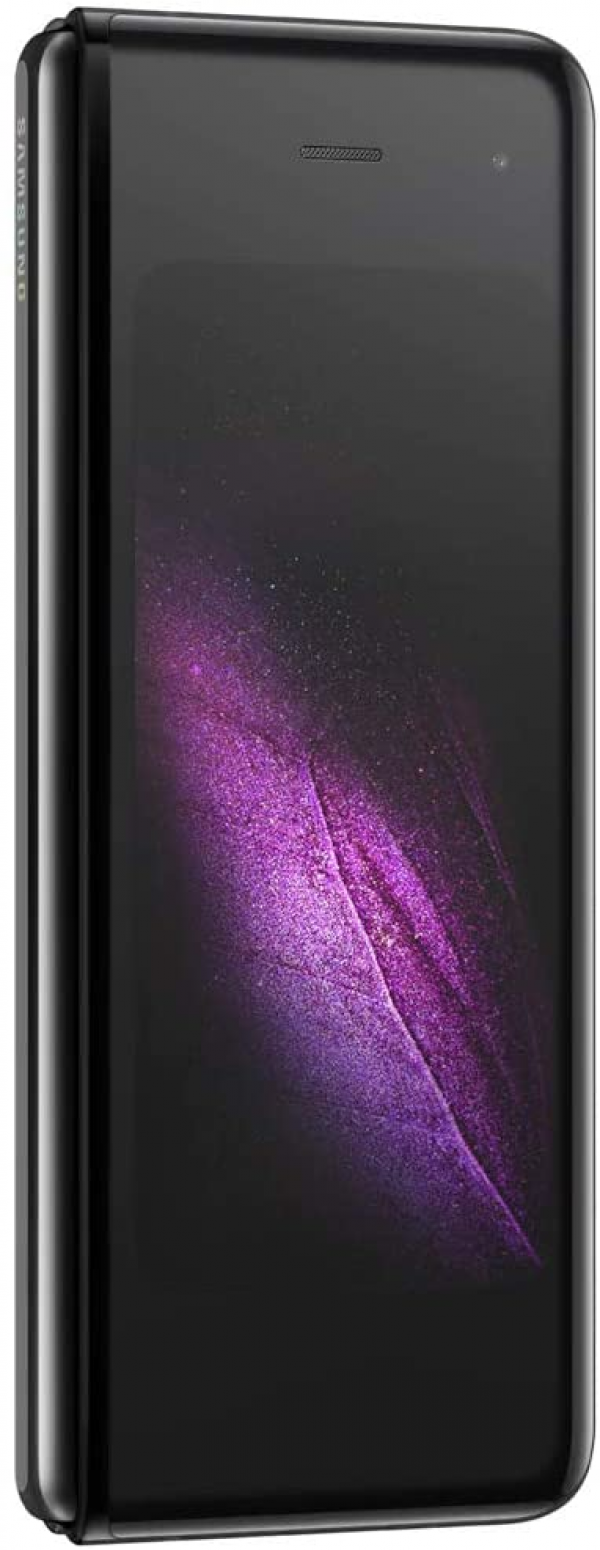
Autonomy
The Samsung Galaxy Fold has 2 batteries for a total capacity of 4,380 mAh. Our SmartViser test protocol is not yet able to automatically fold and unfold smartphones to simulate use on both screens. So we performed 2 tests, one only on the small and the other only on the big screen. On the first, the Galaxy Fold held for 23 h 35 min, on the second this time drops to 16 h 32 min. After a good ten days of use we estimate to use a third of the time the small screen and the rest the big screen. In practice, it is difficult to drain the battery before an intensive day and a half. More moderate use can easily bring the Fold to 2 days of use. A great performance overall.
It still takes about 2 h 15 min for a full recharge of the device.
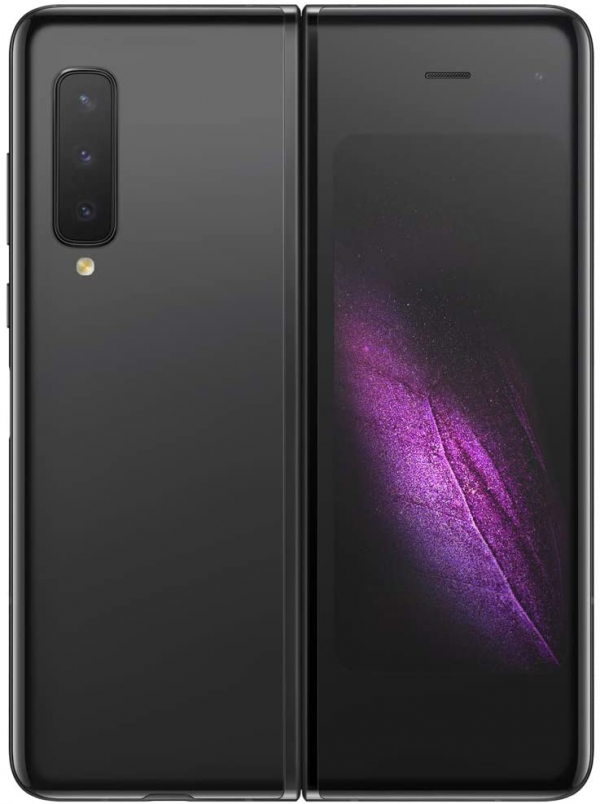
Conclusion
We were rather skeptical about this Galaxy Fold at first, but it was able to convince us in use. The duality between a small screen easy to operate with one hand and a large comfortable screen works wonderfully. Admittedly, all is not perfect and we deplore some faults. However, the Samsung Galaxy Fold bodes well for the future, and leads us to say that the foldable smartphone is not just a fad of the manufacturers.
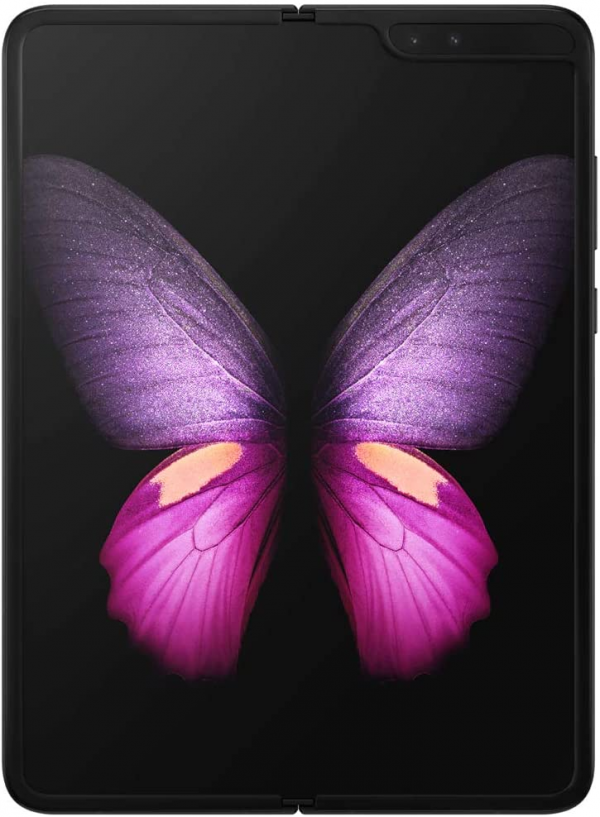
Specifications

